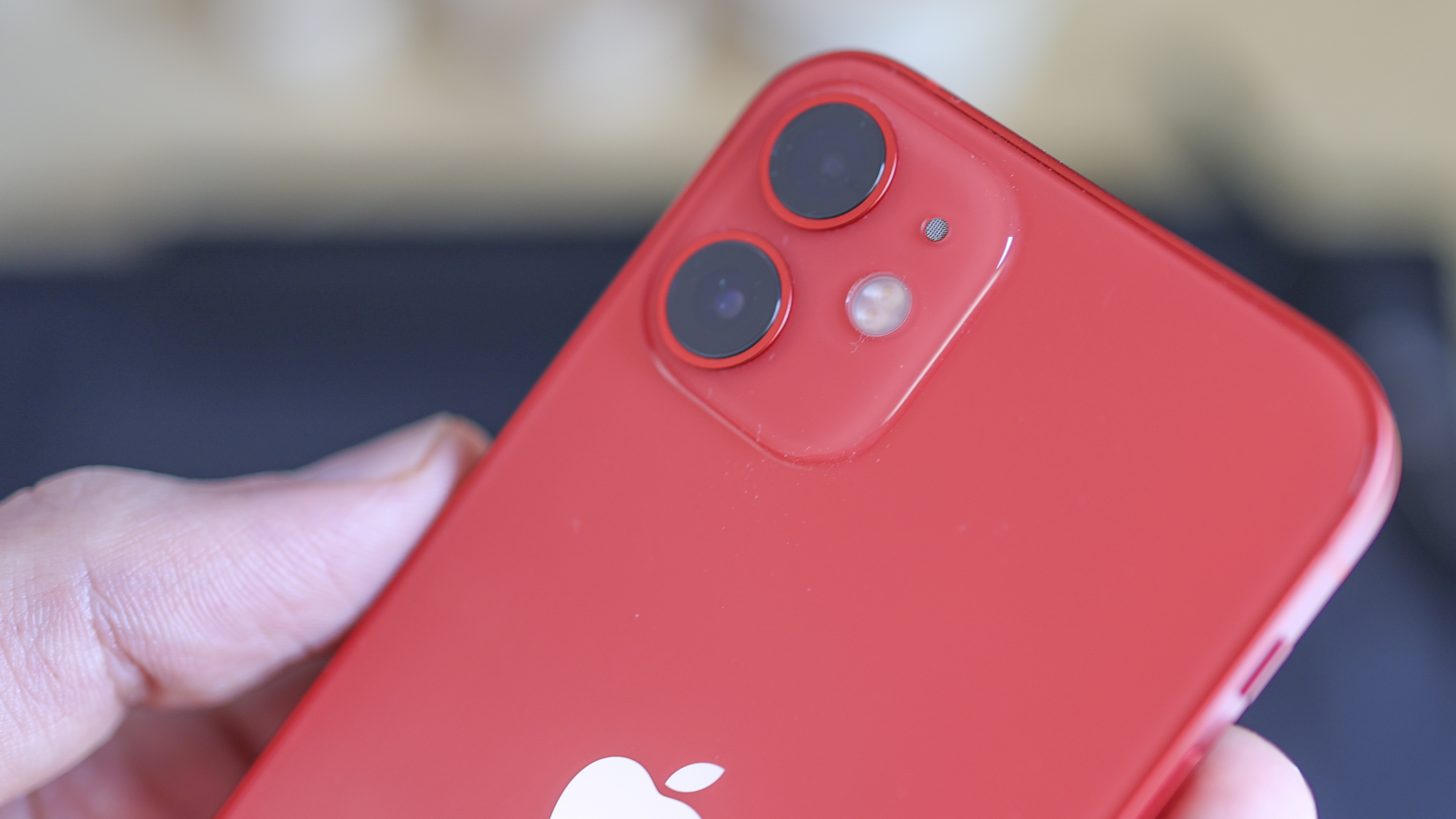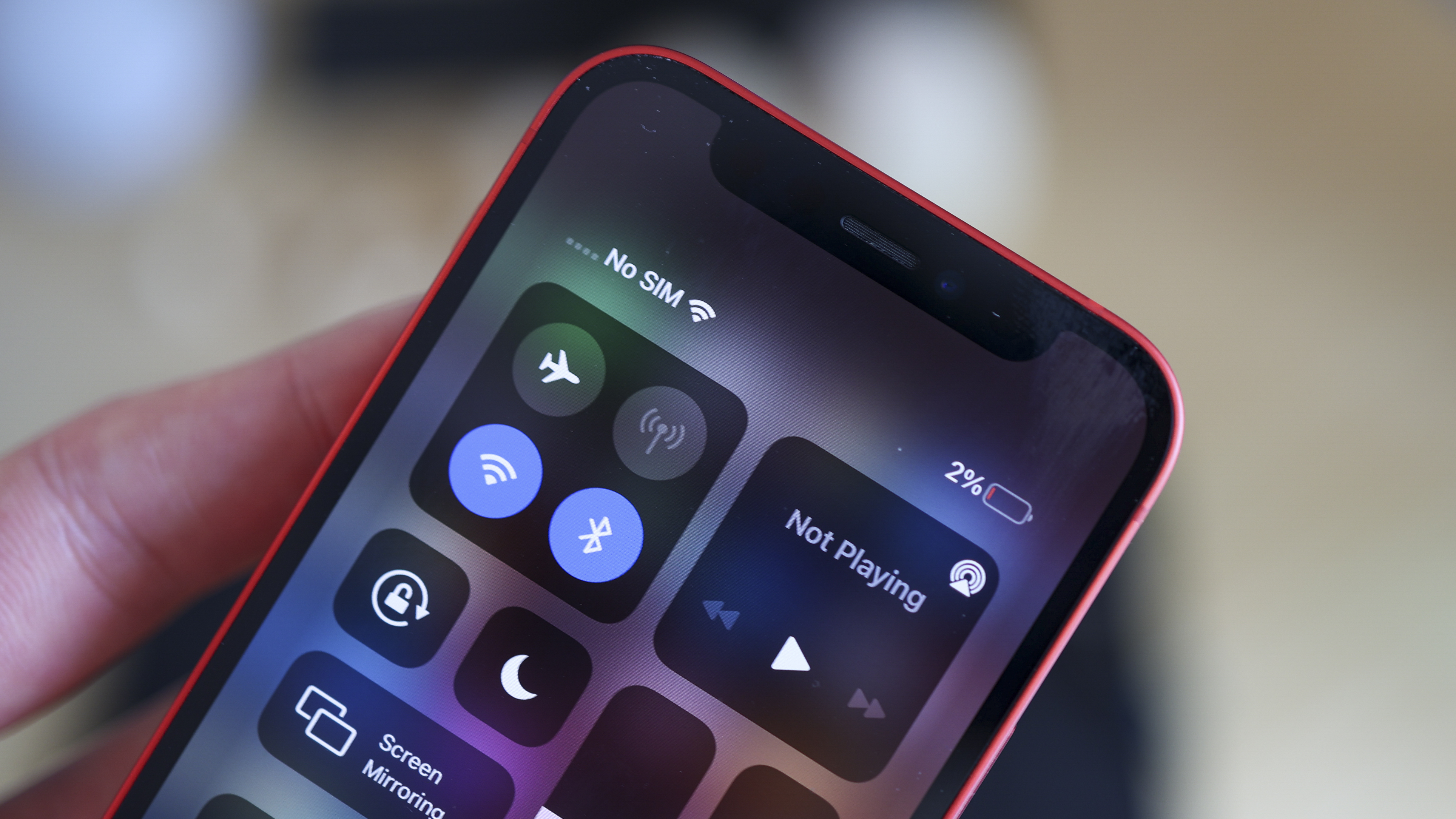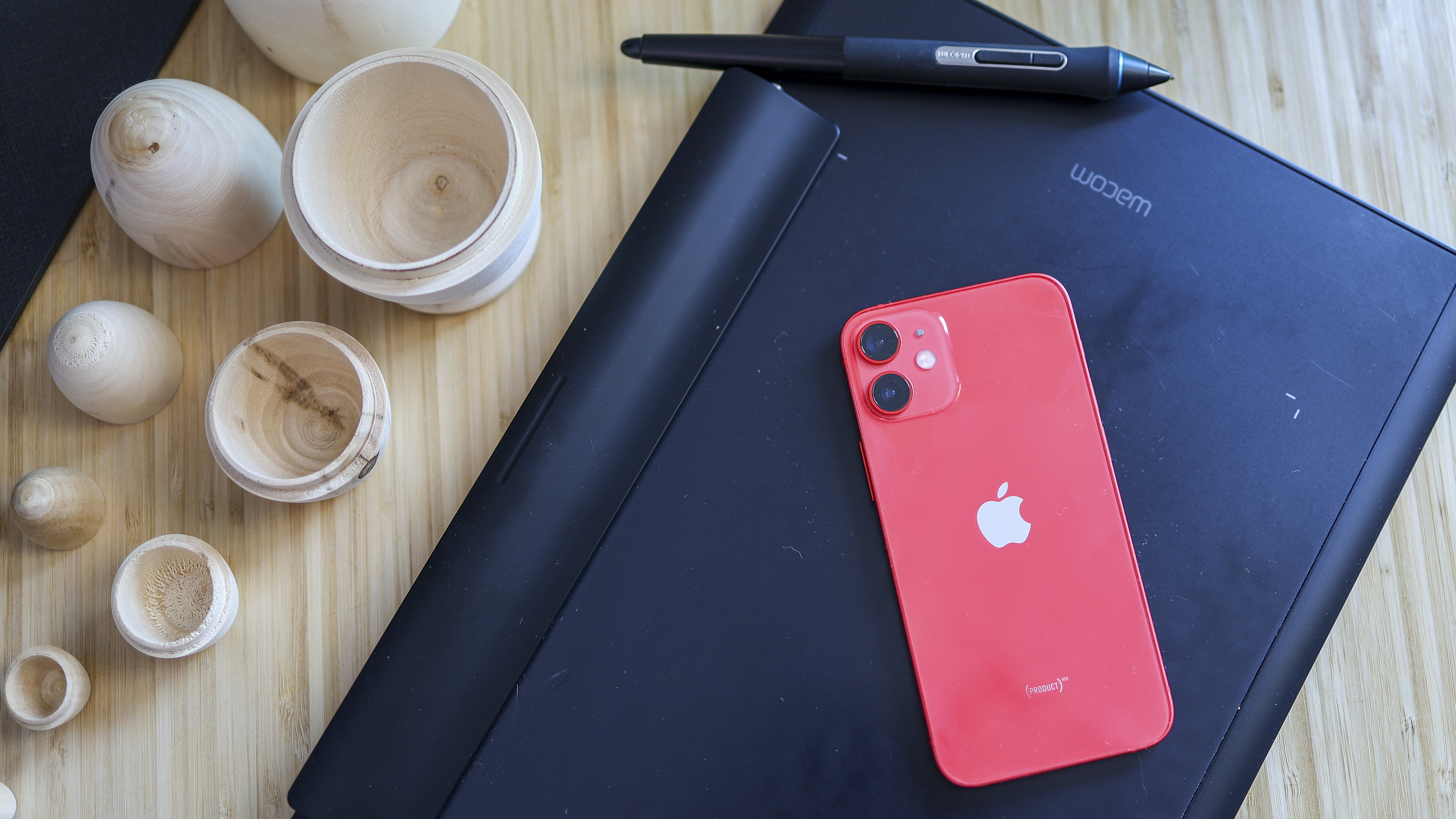Digital Camera World Verdict
The iPhone 12 mini is one of the only options for anyone looking for a compact flagship-grade smartphone. It delivers arguably the best camera at $729 / £699, and sports an excellent screen, rich design and plenty of power. Where it drops the ball is battery life. For light to moderate users, it will get you through a day, but if you’re hooked on your handset, you’ll struggle to hit a full day.
Pros
- +
Excellent camera quality
- +
Premium, fun design
- +
Powerful internals
Cons
- -
Poor battery life
- -
No telephoto camera
- -
No RAW photography
Why you can trust Digital Camera World
The iPhone 12 Mini is a novel smartphone. Apple’s become well known for launching hefty, high-end, high-quality devices at high-cost prices in recent years, but 2020 saw the Cupertino tech giant buck the trend with the compact, affordable iPhone SE (2020). Compact and affordable, it also came with compromise, especially in the camera department. Now it’s 2021 and Apple’s finally released a true compact flagship in the 12 Mini that costs under $750 / £800 – arguably making it a contender for the best budget camera phone.
With its 5.4-inch display, the mini’s name is justified. In the Android world, the Google Pixel 5 and Sony Xperia 5 II are two of the closest size matching flagships, and even they clock in at 6 inches and 6.5 inches respectively.
Thanks to cameras lifted straight from the iPhone 12 including a wide and ultrawide camera, the mini’s compact set-up is versatile enough, even without a telephoto module. Meanwhile, internals include an Apple A14 Bionic hexa-core chipset powering everything along, fancy, fun design, and a killer screen.
With a paltry 2227mAh battery, while we can’t argue with most of its specs, its power capacity is more questionable than any other flagship powered device on the market. With a seed of doubt in place, can the iPhone 12 Mini go all the way, or should you stump up for the iPhone 12 and its healthier battery capacity?
iPhone 12 Mini: Design and screen
Combining a 5.4-inch screen size and 1080x2340 resolution, complete with flagship-grade Super Retina XDR OLED technology, the iPhone Mini is a perfect example of screen tech done right. There’s a hefty cutout at the top for all the selfie camera smarts, enabling Face ID, and its size won’t suit those in need of the most immersive big-screen experience. If small is your goal though, rest assured, the quality is here.
Measuring 7.4mm thin, the entire iPhone 12 line is slender. Its stylized, machined design makes it feel chunkier than its specs suggest though. There are no smooth tapers or curved backs, it’s flat glass, flat sides, with the only softness coming from the rounded corners.
Available in Black, Blue, Green, White and special edition (Product) Red, the iPhone 12 Mini's slightly muted colors look fun, and ultimately, its styling gets a big thumbs up from us. Design highlights include scratch-resistant Gorilla Glass on the front and back, an aluminum frame, IP68 dust, and water resistance, and a classically Apple, easy on the eye uniform bezel around the sides and bottom of the screen.
The best camera deals, reviews, product advice, and unmissable photography news, direct to your inbox!
• See also Best iPhone microphones
iPhone 12 Mini: cameras

The iPhone 12 Mini's main camera module features a 12 MP sensor with 1.4µm pixels, combined with an f/1.6, 26mm lens, dual pixel PDAF and OIS. Its secondary camera is also 12 MP, featuring an f/2.4, 13mm ultra-wide lens. With a front camera also sporting 12 MP resolution, matched with f/2.2, 23mm (wide) optics, like Google, Apple’s been consistent with its pixel-count for generations, untempted to climb to the sky-high resolutions offered by, say, the 108MP Samsung Galaxy S21 Ultra.
With video capture across the front and rear cameras at up to 4K resolution, the iPhone 12 Mini can also capture Dolby Vision HDR footage from the rear camera which is impressive.
While the hardware’s clearly capable, it’s a shame Apple’s done a Canon and curtailed things software-side. Unlike the Pro line, the iPhone 12 Mini can’t capture RAW photos. Additionally, you won’t be able to shoot in manual mode out of the box, a staple on most Android phones. Instead, enthusiast photographers will need to install a third-party app. Still, you do get the iPhone’s high-quality portrait mode, time-lapse, slow-mo and pano, for panoramic photos.
iPhone 12 Mini: camera performance
With the same primary camera as an iPhone 12 Pro, picture quality from the 12 mini impresses. Expect vibrant colors with excellent detail optimized beautifully for the Super Retina XDR OLED display. It’s quick to focus, delivers a natural look with a healthy amount of zing added for good measure, and dynamic range is amongst the most impressive of any smartphone line.
With no optical zoom, the wide camera will give you respectable digital crops to about three times if sharing to social media, but if you’re planning on printing your photos, we’d keep things at the native focal length.
Night Mode fires up automatically and continues to impress - with the addition of it to Portrait Mode being well received. The best results come from the standard lens (and its larger sensor). If you hold off switching to the ultra-wide in low light, therefore, you shouldn’t be anything but impressed.
With many Android phones, such as the Huawei Mate 40 Pro including ultra-wide cameras with autofocus and macro capabilities, the iPhone 12 Mini’s more basic ultra-wide is getting a bit long in the tooth. But with a 13mm field of view, it does get more in frame than most of the competition.
Video recording has long-been impressive from the iPhone series for generations, and Apple’s inclusion of HDR Dolby Video gives already steady, rich video a boost. This is supported at up to 30fps, though the mini shoots at up to 4K, 60fps with the feature turned off, and in bright scenes, footage can look breathtaking. In dim environments, the iPhone fares better than most, but that’s when you’ll be reminded you’re shooting on a smartphone, not a pro camera.
iPhone 12 Mini: additional specs
Powered by an Apple A14 Bionic (5 nm) Hexa-core chipset paired with 4GB RAM, the iPhone 12 mini flies through 3D games, daily tasks, Lightroom edits, and anything else you throw at it. With the latest version of iOS, 14.4, Apple adds some elements we’ve seen before with new ones, including an auto-sorted selection of apps to help you stay organized. App support is naturally excellent, and if you’re coming from an iPhone, the learning curve will be non-existent.
With 64GB, 128GB, or 256GB storage, we’re delighted to see Apple’s ditched 32GB options. That said, with no microSD card expansion, in true Apple style, anyone who plans on shooting a lot of content should stump up for the 128GB option at least.
As expected, the iPhone 12 Pro’s small 2227mAh battery did challenge us. With intensive use, it made it to the late afternoon, so if you anticipate 5G fired up, WhatsApp alerts pinging away, a bit of gaming, hot-spotting, and Disney+ watching on a busy, email-heavy, Spotify listening day, expect to struggle to make it past 6 PM with battery left in the tank. Moderate to light users, however, shouldn’t have any issues.
There’s no charger in the box, so that’s also a point to consider, and the iPhone 12 Pro charges at up to 20W wired, delivering 50 percent in 30 minutes, and 12W wireless.
iPhone 12 Mini: verdict
Despite questionable battery life, at its price, the iPhone 12 Mini is a great option for anyone after a nifty, small, point-and-shoot camera phone with best-in-class image quality. Everything from its design, screen, and power scream flagship, and the fact it can be had in some fun, zingy colors is a boon. While the lack of RAW shooting and telephoto camera may put off some (who can happily opt for an iPhone 12 Pro if they can justify the price hike), if you’re looking for the mightiest, tiniest smartphone on the scene, and one of the best camera phones of 2021, then the iPhone 12 Mini is it.
Read more
Best iPhone for photography in 2021
Best camera phone in 2021
Apple iPhone 12 Pro Max review
Apple iPhone 12 Pro review
The best TikTok lights
Best camera for TikTok
Basil Kronfli is a freelance technology journalist, consultant, and content creator. He trained in graphic design and started his career at Canon Europe before moving into journalism. Basil is also experienced in video production, independently running the YouTube channel TechEdit, and during his time at Future, he worked alongside the Digital Camera World team as a senior video producer.











